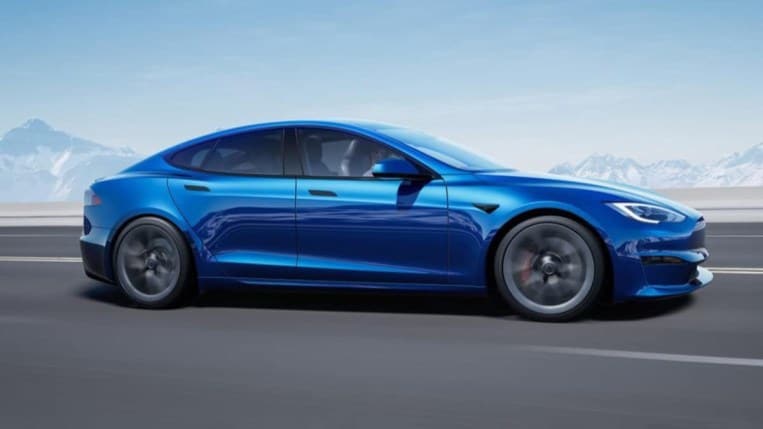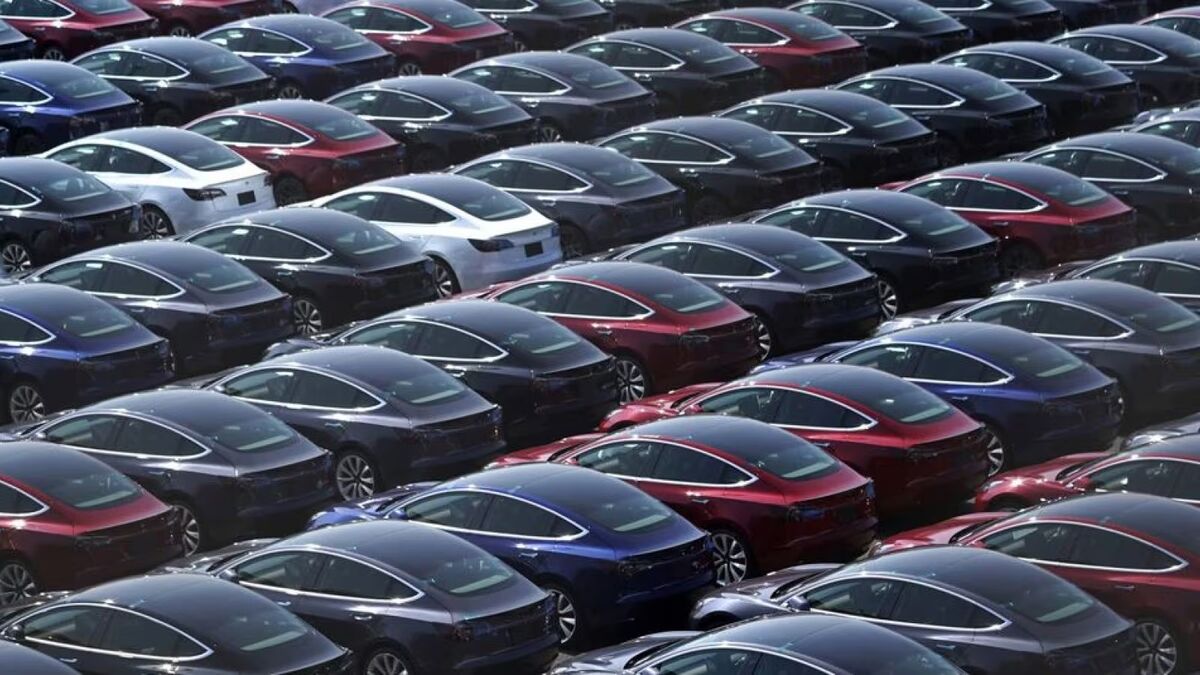
Owners don’t need to bring their Tesla models in for service. Tesla will fix the problems remotely with a software update.
Tesla’s Three Systems
Full Self-Driving Capability is the most extensive and expensive of Tesla’s three driver-assistance programs. The company offers three levels of driver-assistance software:
Autopilot is standard on all Tesla models, though it has sometimes been an added-cost option. It includes an intelligent cruise control that matches the car to the speed of the surrounding traffic. A lane-centering function helps keep the vehicle in the center of its lane.
Enhanced Autopilot is a $6,000 option. It adds navigating highway on- and off-ramps and interchanges on top of what Autopilot can do. It also adds a self-parking system and includes a “summon” function that lets owners call the car to them at parking lot speed from nearby.
Full Self-Driving Capability is now a $15,000 option. Tesla says it will read and react to traffic lights and stop signs and steer around some turns with the driver’s “active supervision.”
Tesla says Full Self-Driving Capability is in “beta testing” and requires owners to sign a complex waiver to engage it.
The term “test” might imply some laboratory conditions or a controlled experiment with close monitoring. But that’s not how Tesla is testing the software. Instead, it’s allowing owners to use it on public roads with the rest of us as if it were a finished product.
Government Investigations
Several government agencies have greeted that approach with alarm. Public beta testing is common in the software world but is usually used in systems that don’t threaten life safety. Cars that weigh thousands of pounds and can drive well over highway speeds do threaten life safety.
The Department of Transportation may have several concurrent investigations of the software running. CNBC reports that the agency “is looking into at least 41 crashes involving Tesla vehicles where automated features” may have played a role.
Reuters has reported that the Department of Justice is conducting a probe that could result in criminal charges. Last month, Tesla confirmed that report, warning investors that the Justice Department has asked for documents as part of an investigation.
The Securities and Exchange Commission has also said it is investigating whether Tesla CEO Elon Musk may have made improper statements promoting the software that could run afoul of securities law.
A group of Tesla owners have also sued the company, alleging it missed promised deadlines to release a final version of the software for which they paid up to $15,000. Tesla lawyers have asked the court to dismiss the case, arguing that “failure to realize a long-term, aspirational goal is not fraud.”
What Was Recalled
In a recall, an automaker cites a specific safety problem they’ve uncovered with one of their cars and fixes it for free. The National Highway Traffic Safety Administration (NHTSA) can force an automaker to conduct a recall, but they rarely have to. Most do so voluntarily when they become aware of a potential safety problem.
Tesla has been in discussions with NHTSA about Full Self-Driving Capability for months. For this recall, the agency listed a specific set of concerns it had about the software:
Under some traffic conditions, NHTSA says, the software can “infringe upon local
traffic laws or customs,” by:
- Traveling or turning through certain intersections during a stale yellow traffic light
- Failing to fully stop at stop signs, particularly when the intersection is clear of any other road users
- Speeding through variable speed zones, based on detected speed limit signage and/or the vehicle’s speed offset setting that is adjusted by the driver
- Negotiating a lane change out of turn-only lanes to continue traveling straight
Some, but not all, of those functions appear to be part of an “assertive mode” Tesla added to the software in January 2022. Neither Tesla nor NHTSA has said whether the recall removes assertive mode.
NHTSA says it met with Tesla “numerous times” to discuss the concerns before, “while not concurring with the agency’s analysis, Tesla decided to administer a voluntary recall out of an abundance of caution.”
Musk, who also owns Twitter, tweeted in response that characterizing the recall as a recall is wrong.
Definitely. The word “recall” for an over-the-air software update is anachronistic and just flat wrong!
— Elon Musk (@elonmusk) February 16, 2023
Not the End of the Controversy
After the recall, Tesla owners can still use Full Self-Driving Capability. The use of the software will still be considered a beta test. Criminal and regulatory investigations will continue.
In a statement, NHTSA says, “this recall seeks to address a specific set of concerns identified by the agency.” It doesn’t address every problem NHTSA is investigating. “Accordingly, the agency’s investigation into Tesla’s Autopilot and associated vehicle systems remain open and active.”
Safety advocates see other problems as well.
A coalition of automotive safety groups has asked the industry to adopt more conservative names for such systems, arguing that terms like “autopilot” imply that the systems are more capable than they actually are.
A recent study found that drivers treat them as more capable than automakers say they are. Many owners admit to eating, texting, and similar activities while the systems are engaged.
Tesla, however, will likely continue to heavily market its system for as long as it can. Musk told an interviewer last summer that the company’s “overwhelming focus is on solving full self-driving. That’s essential. It’s really the difference between Tesla being worth a lot of money or worth basically zero.”







